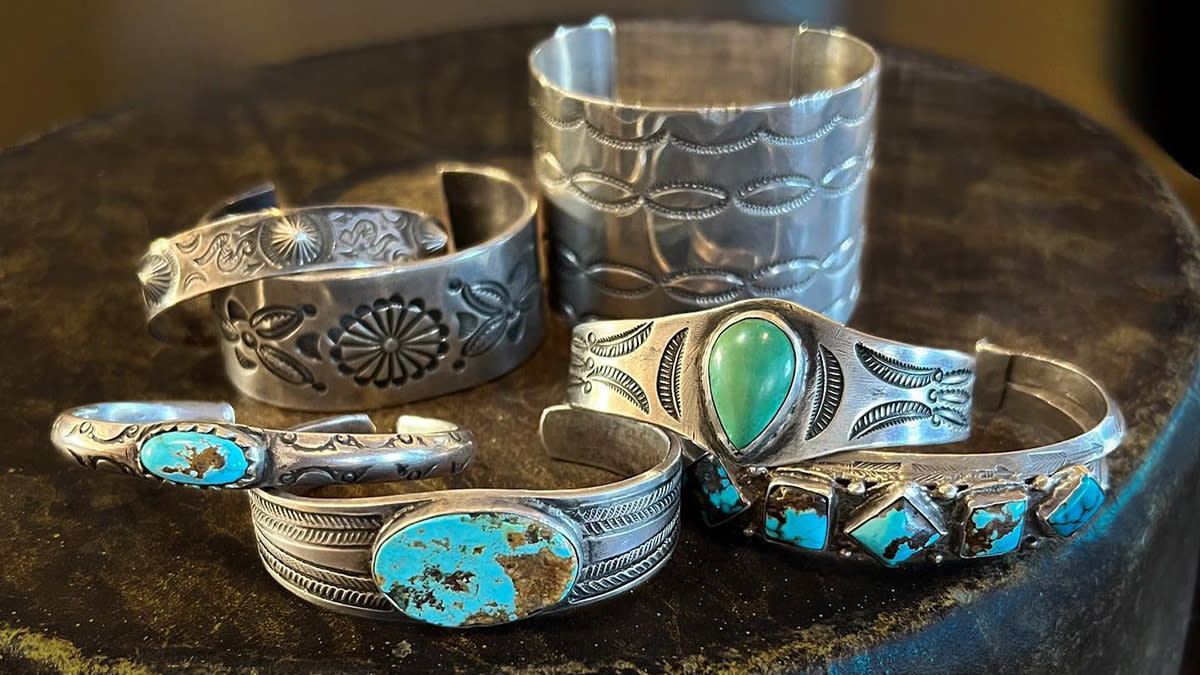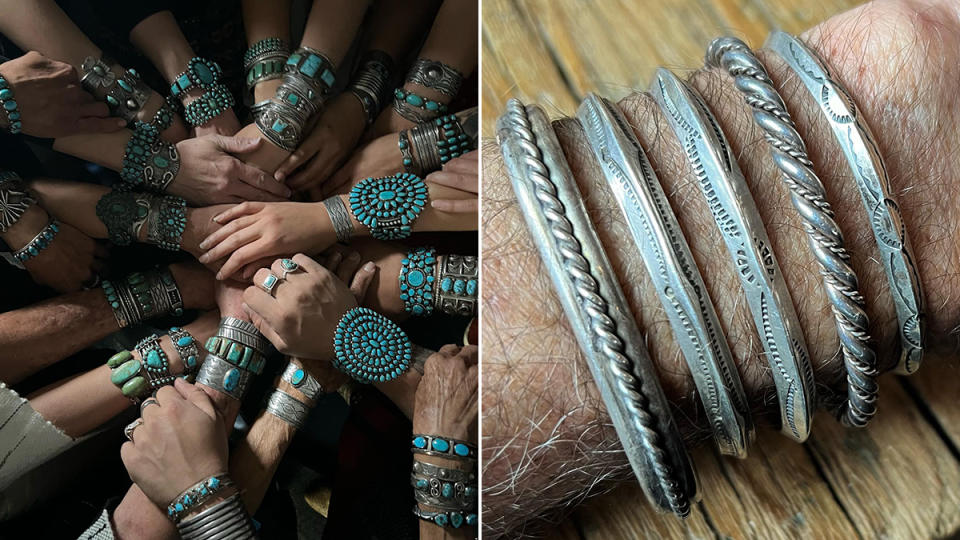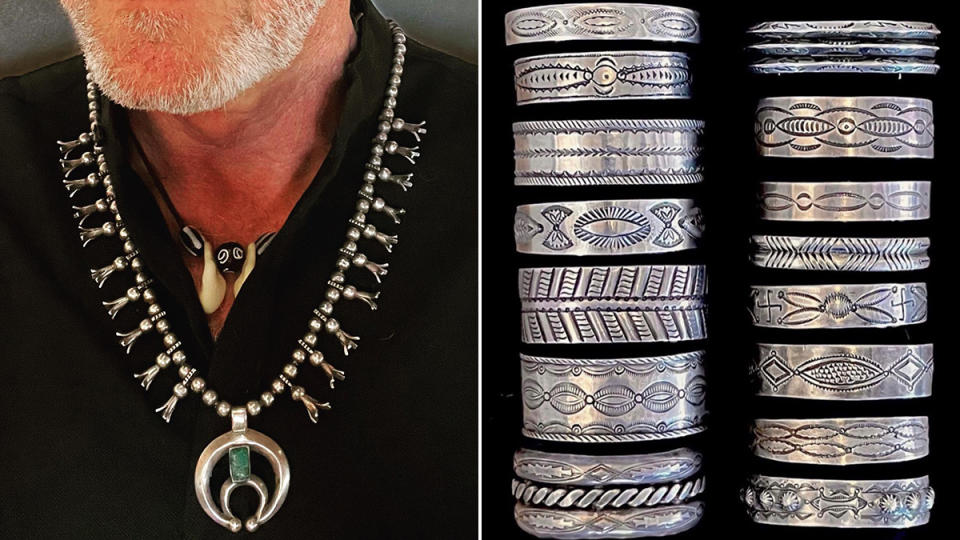This Santa Fe Company Blesses Every Sale of Native American Jewelry With a Ritual Ceremony

The sunbaked streets of Santa Fe are chock-a-block with sellers of Native American jewelry, but none other is quite like Chipeta Trading Company.
For starters, there are no window displays exhibiting chunky silver bangles or elaborate turquoise necklaces. Instead, visitors to its appointment-only showroom must enter a nondescript brick building behind a white picket fence before finding themselves in what founder Don Siegel calls—and has trademarked—The Chipeta Experience.
More from Robb Report
David Yurman Unveils Its First High-Jewelry Collection for Men
Jon Batiste Shows Off an Ensemble of Tiffany & Co. Jewels at the Golden Globes
It’s the antidote to what Siegel, a collector of Native American art and jewelry for more than 40 years, encountered when he and his wife moved to Santa Fe full-time in 2017. “We saw the way historic Native art was being sold and we felt that we could change the paradigm,” he tells Robb Report.
The result is an immersive experience that’s as much about education as it is commerce, with the hope that clients will emerge as better-informed “custodians” of the historic treasures they have the opportunity to buy.

“It’s important for us that when somebody comes into our studio, they understand the history behind how all of these great pieces were made,” says Siegel. “The history of the Navajo and Pueblo peoples, the traumas they had in their history… and how these great pieces of art can live on through the generations.”
Chipeta, which was founded in 2005, trades in what Siegel deems the “Historic” period of Southwestern Native American jewelry, which dates roughly from 1880 to 1940. While exhibiting historic jewelry-making tools spread across a deerskin rug, he explains how the first Navajo trading post was established in the 1870s, creating an exchange in which tribal members would trade wool and sheep for silver dollars or pesos.
That coinage would be melted down into ingots, then crafted into wearable art including cuffs, bracelets and necklaces. By the 1880s, turquoise began to appear in the jewelry, setting the template for the style.
After being given the chance to handle the historic materials and tools—from raw turquoise to ingot rods, decorative stamps to stone molds—clients have the chance to view Chipeta’s treasures.
The jewelry, which was chiefly made by the Navajo and Pueblo people, is sourced from individuals who may have had them in their family for generations, as well as from other dealers. Siegel estimates that he sees about 1,000 pieces a year, about a quarter of which he buys. Chipeta’s inventory might consist of 100 bracelets or 30 necklaces at any given time, priced between $1,500 to $7,500 and $2,500 to $15,000, respectively.
What Chipeta does with those proceeds is consistent with the business’s values. The majority of its profits are redirected to the local indigenous community, particularly through a Chipeta Scholars program that provides aid to an average of 15 Native undergraduate and post-graduate students each year.

Once the client has landed on a turquoise cuff bracelet or squash blossom necklace to take home, one final step is carried out before the jewelry changes hands. Siegel will guide the client through a traditional Navajo blessing ceremony—as it was taught to him by a Navajo family—using ground corn to “cleanse” the object before its custodianship is transferred. In the case that a remote client purchases a piece online, a small bag of ground corn will be included with their order, as well as instructions on how they might perform the ceremony at home.
As interest in Western wear, including Native designs and jewelry, reaches a fever pitch, Siegel thinks it’s important for non-indigenous people to understand that they can wear Native jewelry. After all, it was created for trade. But what remains vital to him is that those who acquire it do so with the proper knowledge and respect.
“We try to create a bridge of understanding between the ancestors who created these great pieces of historic, wearable art… and those who become the keepers of the people’s belongings,” he says.
Best of Robb Report
Sign up for Robb Report's Newsletter. For the latest news, follow us on Facebook, Twitter, and Instagram.

